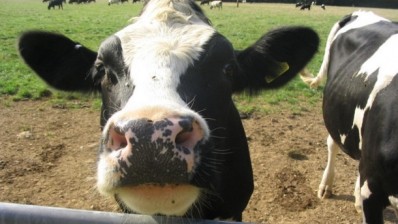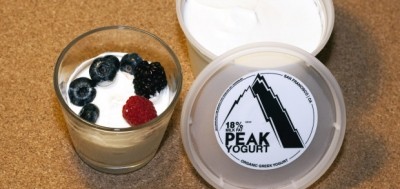Lack of dairy-based fat in human diet may lead to prediabetes, dolphin study suggests

The study, published in PLOS One, looked at this fatty acid from the scope of bottlenose dolphins.
It said these mammals can readily switch in and out of diabetic states and can, even in the wild, develop metabolic syndrome (known as prediabetes in humans).
Lead author, Dr Stephanie Venn-Watson, director of NMMF’s Translational Medicine and Research Program, said they wanted to better understand the driver for metabolic syndrome in the animal.
Researchers looked at their diet, which consists mainly of fish, by starting with the fatty acid blood levels in 49 dolphins.
“We were surprised to find that among the 55 fatty acids studied, the saturated fat heptadecanoic acid appeared to have had the most beneficial impact on dolphin metabolism,” said Venn-Watson, adding that some fish had high levels of heptadecanoic acid, while others don’t have any at all. “Dolphins with higher levels of heptadecanoic acid in their blood had lower insulin and triglycerides.”
This acid, also known as margaric acid (C170:0), can be found in dairy fat (especially butter, but also whole milk and yogurt), rye and some fish.
A new diet can be life changing
NMMF found that six of the 49 dolphins studied began with low heptadecanoic acid levels.
They were fed fish with high levels of the fat and the elements of metabolic syndrome, such as insulin, glucose and triglycerides, normalized within about six months.
Why Dolphins?
Why dolphins?
Dolphins have emerged as an important parallel to humans in studies such as these, Venn-Watson said. This is because dolphins and humans share the largest brain among mammals. Much like humans, dolphins have red blood cells that can rapidly transport blood sugar, something that was previously believed to be unique to primates.
“Our brains —regardless of what we eat—use glucose, or sugar, to function,” according to Venn-Watson. “We both have large brains. We have both adapted tricks to ensure we keep getting same amount of sugar to our large brains.”
Venn-Watson said the reversal of high ferritin, an intracellular protein that helps store and release iron, was very surprising, as this is oftentimes a forerunner to metabolic syndrome. Dolphins put on the higher-fat diet saw their levels normalize in three weeks.
“We hypothesize that widespread movement away from whole fat dairy products in human populations may have created unanticipated heptadecanoic acid deficiencies, and, in turn, this dietary deficiency may be playing a role in the global diabetes pandemic,” said Venn-Watson.
She told DairyReporter.com that ferritin is important because if a person has a ferritin level that is too high, there is an increased risk of diabetes.
What’s next for fat?
With more than 86 million people, or one in every three adults, having prediabetes, according to the US Centers for Disease Control (CDC), these findings may shine a light on just how important dairy fat can be in the human diet.
Now that the study is complete, NMMF will partner with children’s hospitals to see if children with metabolic syndrome and diabetes have low levels of heptadecanoic acid levels.
It will also look to how changes in climate and the ocean prey may impact the diets of dolphins, causing the lowering of heptadecanoic acid levels as observed in this study.
The 2015 Dietary Guidelines for Americans, which appeared in the June 23/30 issue of the Journal of the American Medical Association, abandoned restrictions on dietary fat for the first time since 1980.
“There’s definitely a rising tide with regard to dietary cholesterol and fats,” Venn-Watson told DairyReporter.com
“This study is part of that. This increases the likelihood that changes will be made faster, perhaps within the next 5 years, because we’re not alone in our research … There may be good saturated fats and bad saturated fats. It’s about figuring it outs instead of saying ‘no saturated fat at all,’ figuring out which might help metabolism and which are less beneficial.”
Source PLOS One
Published in DOI: 10.1371/journal.pone.0132117
Increased Dietary Intake of Saturated Fatty Acid Heptadecanoic Acid (C17:0) Associated with Decreasing Ferritin and Alleviated Metabolic Syndrome in Dolphins
Authors: S. Venn-Watson, C. Parry, M. Baird, S. Stevenson, K. Carlin, R. Daniels, C. Smith, R. Jones, R. Wells, S. Ridgway, E. Jensen








